Turning Blue into Beauty: How BodyGuardz is Shifting the Blue Light Narrative
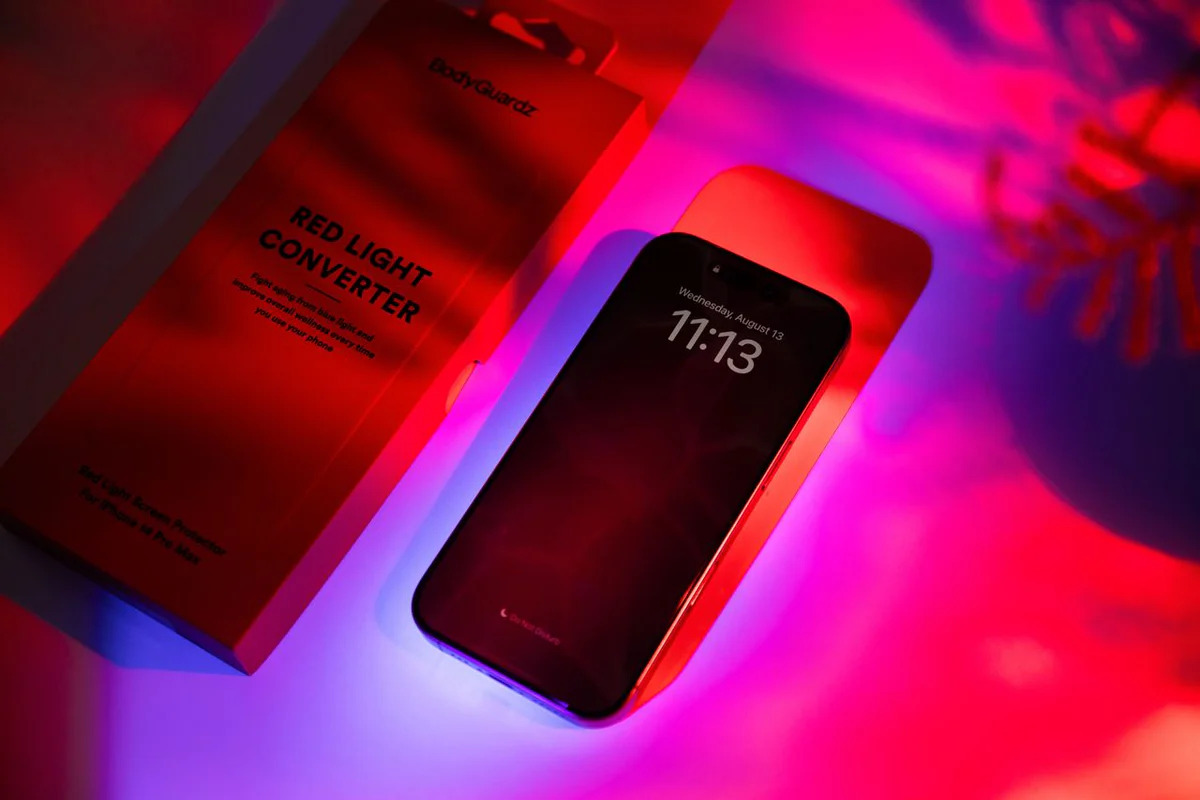
Delna Mistry Anand: Let’s start at the beginning, how did BodyGuardz come to life?
Shane Feller: The story began 23 years ago when my parents started the business in our home. Since it was a family run setup, my sister and I grew up helping them pack products in the garage, shrink wrap items and ship orders. We were making custom cut screen protectors for PDA and Palm Pilot devices. Customers sent measurements and we cut and shipped from the basement. My mother handled finance, my father handled marketing, and my sister and I learned from both.
So you literally grew up inside the business. How did it evolve into what it is today?
Over time we shifted from basic custom protectors to full scale screen protection for phones and handheld devices. That evolved into the BodyGuardz brand and later BGZ brands. I worked in different roles over the years and I now lead the company as CEO. The journey moved from a small garage operation to a full device protection brand with global reach.
At what stage did you bring in the beauty and wellness element, and introduce the screen protector that turns the harmful red light into blue light?
As the years went by, we were quick to notice a big change in the way people use devices. Phones are now part of daily life and people use screens for long hours. Research grew around blue light and how it affects the body. First we heard about eye strain and sleep disturbance. Later we saw research showing that constant blue light exposure can also affect the skin by speeding up ageing. Gen Z is the first generation exposed to blue light since childhood and early ageing signs are being linked to that.
We realised people spend money and time on skincare, dermatology and beauty routines but still sit in front of screens for six to eight hours a day. This makes skincare effort weaker. Instead of making another blue light blocking screen, we focused on changing the light itself. Blocking alone is not enough. We wanted the screen to work in your favour.
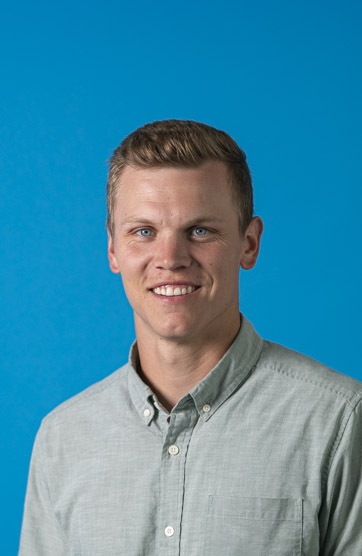
Could you explain the process of the red light conversion?
We use quantum dot technology. These are charged particles that change the wavelength of light. When blue light hits them, it bends and comes out as red light. So instead of harmful exposure you get red light, which supports cell repair and regeneration. In third party testing we saw up to 47 percent reduction in blue light transmission and about 50 percent increase in red light emission.
So this takes the product from a protection accessory to a wellness tool. You look at your phone every day. We want that experience to support your skin health not work against it. You cannot stop using screens so we thought about how to convert negative exposure into a positive benefit.
How does it feel and look on the phone?
It remains clear. It does not tint the screen, affect touch or reduce display clarity. The red light effect is not visually noticeable during normal use. Installation is simple and DIY, and the build stays premium.
What are the main launch milestones for the company so far?
Four stand out points: One is the founding years making custom cut protectors; two is launching the BodyGuardz brand for global device protection; three is building sustainable solutions like ECO PRTX and four is the new Red Light Converter which opens a device wellness category.
During your experience at Beautyworld Middle East, it’s clear that consumers in this region value beauty innovation, luxury-grade performance and tech-enabled lifestyle solutions. From your perspective, what makes the Middle Eastern market uniquely suited for a product like the Red Light Converter?
The Middle East is one of the most future-focused markets. Consumers here embrace premium technology early, invest consistently in advanced skincare and aesthetic treatments and are very aware of how lifestyle choices affect long term wellbeing. They don’t see beauty as vanity. They see it as identity, self-expression and personal excellence. This creates a perfect landscape for solutions that merge science and daily usefulness.
Most people in the region already use flagship devices, luxury accessories and high-performance skincare lines. When you introduce a screen protector that does more than protect the phone and actually supports the skin, it fits naturally into their existing behaviour. They welcome ideas that feel intelligent and purposeful. The screening of blue light is no longer enough. They want products that add value and create visible benefit.
For us, this makes the region a strategic market. It validates the belief that device wellness will become a new category. People here are not afraid to invest when they see a clear return, especially one that connects technology, self-care and lifestyle efficiency.

And finally, what are your top priorities over the next 12 months to scale both awareness and adoption?
Our focus for the next 12 months is to build awareness, credibility and real-world adoption. The first challenge is shifting perception. Screen protectors are often seen as boring, purely functional add-ons, and blue-light ageing is a slow, invisible process, so consumers don’t always connect the dots immediately. Education will be key. We plan to simplify the science, share clear third-party data and collaborate with creators and experts who can make the benefits relatable.
The second priority is product expansion. Long-hour blue light exposure does not come only from phones, so we are rolling out the Red Light Converter for tablets, MacBooks and desktop screens to support people across all daily device touchpoints.
The third area is strategic partnerships. We are building alliances with dermatologists, skincare professionals and wellness brands so consumers see device wellness as part of a routine, just like SPF or eye cream, not an optional accessory.
Finally, we want to elevate how the product is discovered and purchased. Both in-store and online experiences will become more guided, immersive and education-driven so consumers understand value instantly. All of this will run alongside continued investment in responsible materials and packaging, because sustainability has to scale with innovation, not follow behind it.
www.bodyguardz.com | @bodyguardz


.png)
.jpg)
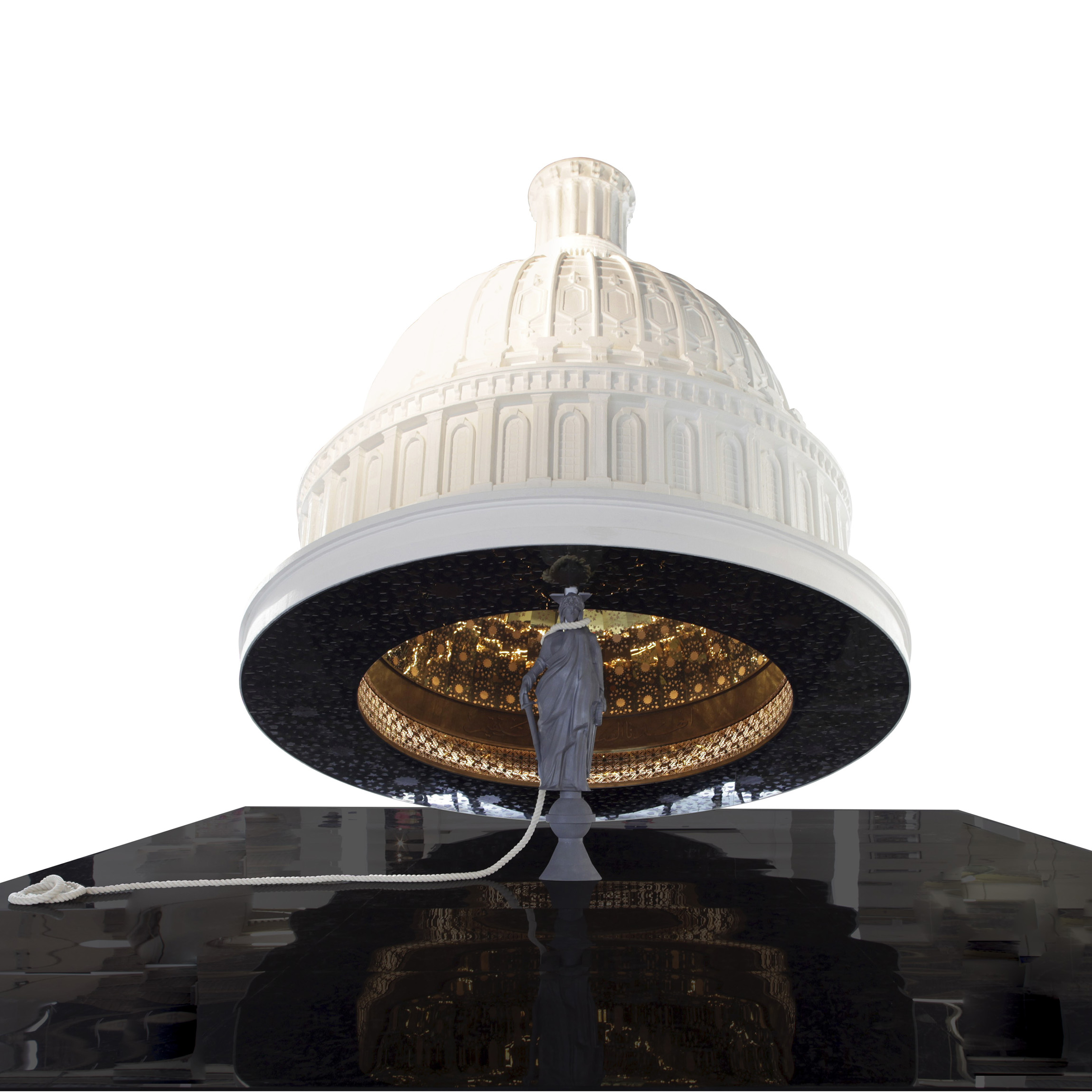
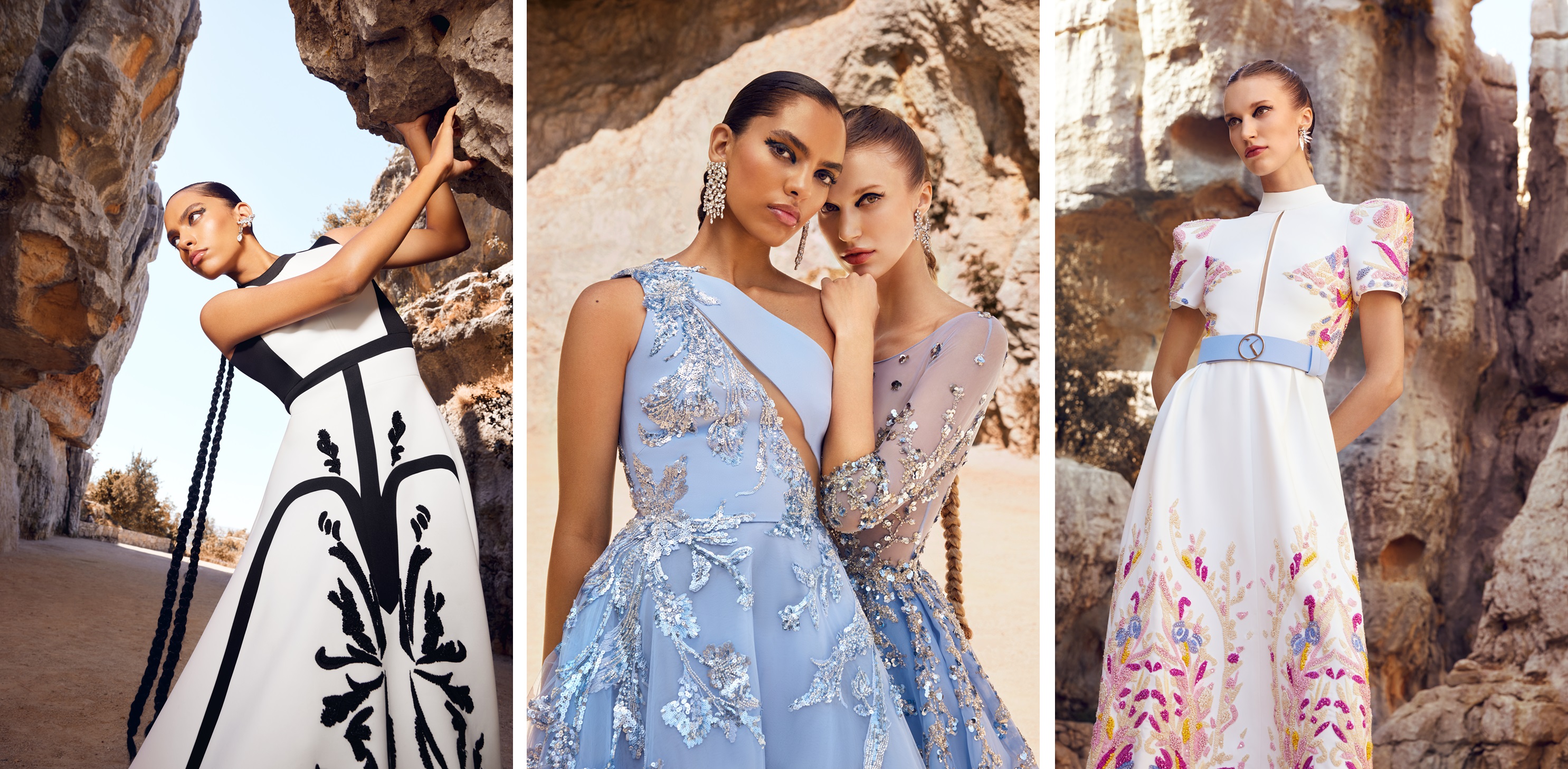
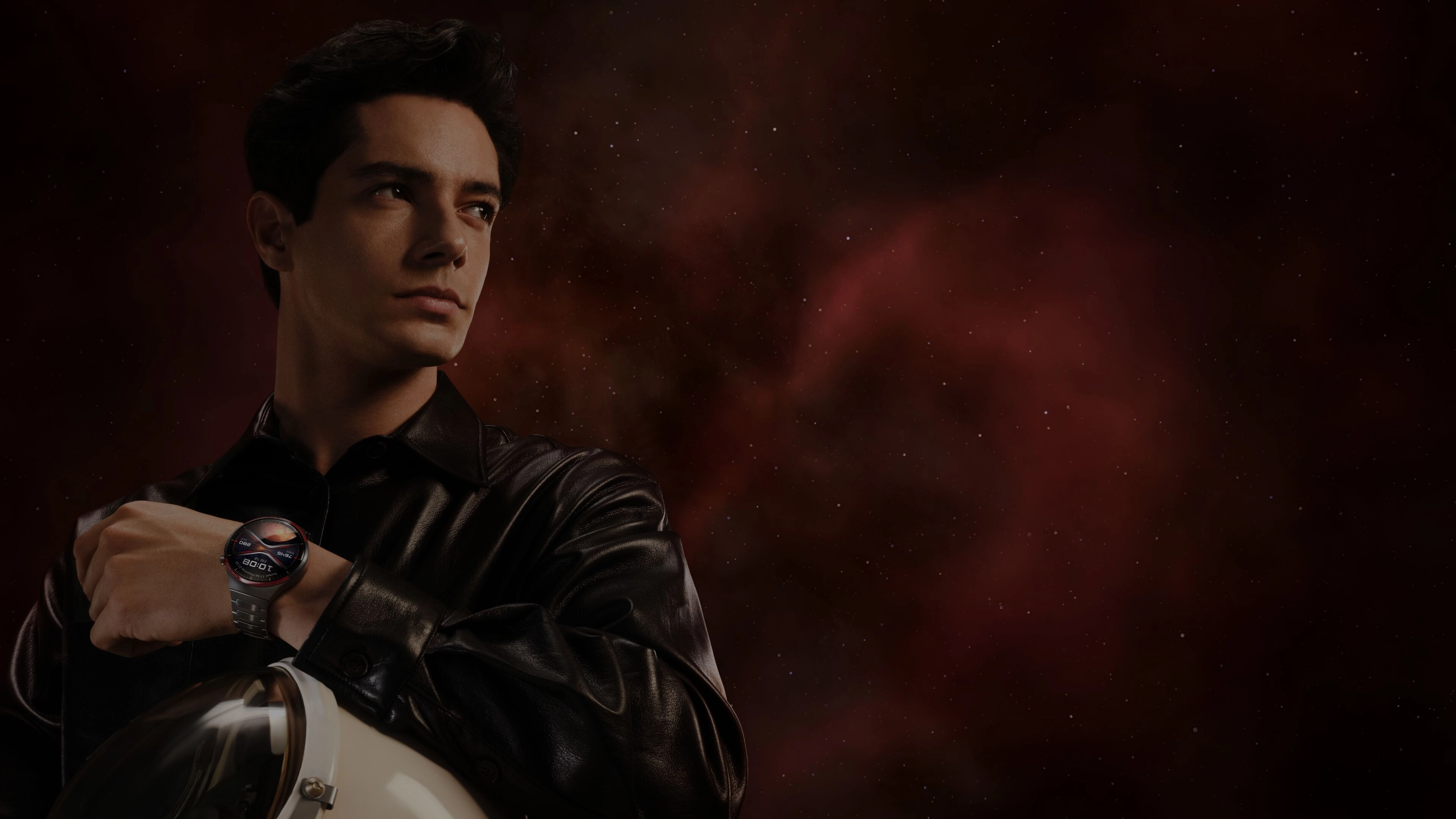
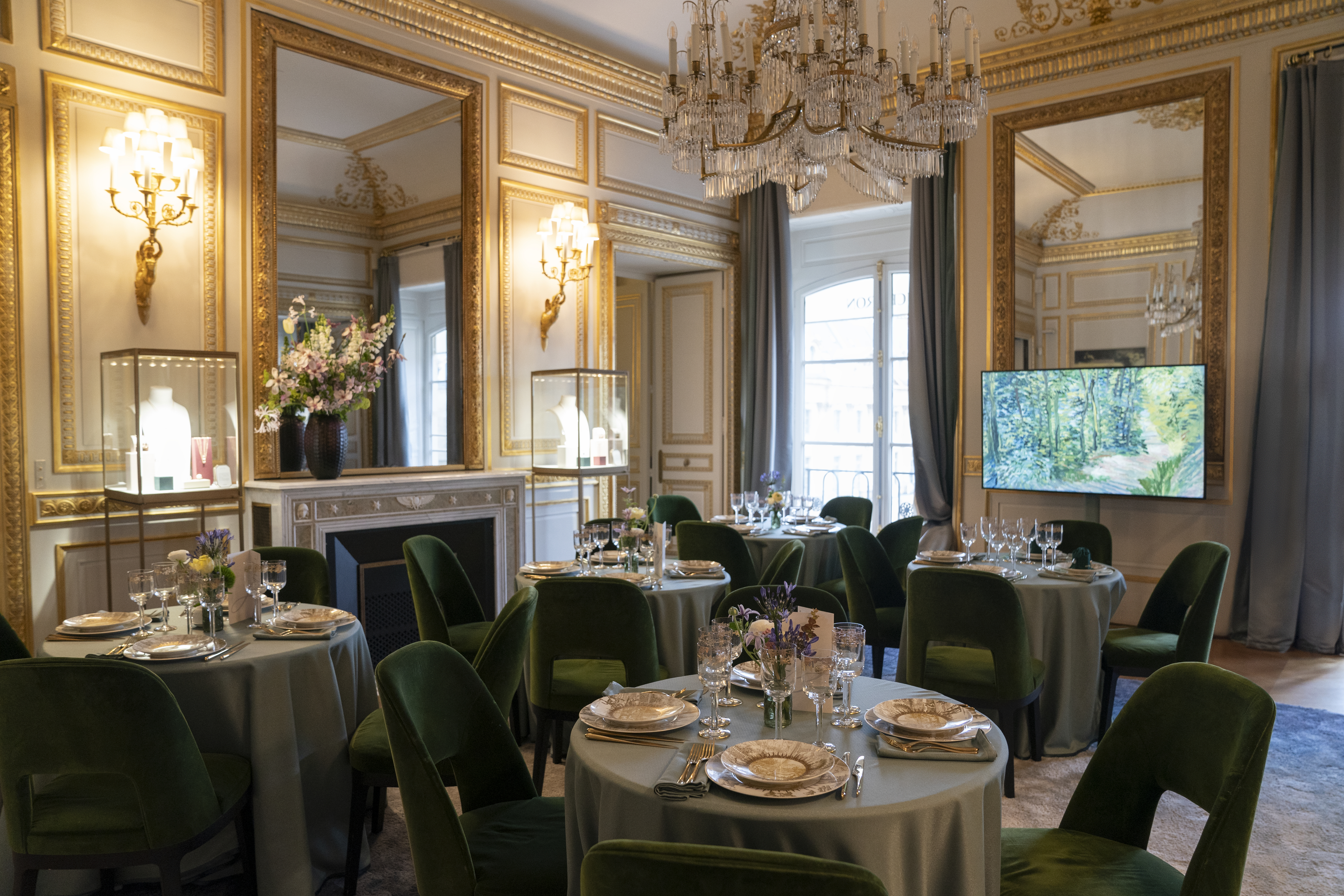
_Courtesy of The Met_1.jpg)
